Home Automation PoE with Arduino – in praise of DIY PoE!
Passive POE
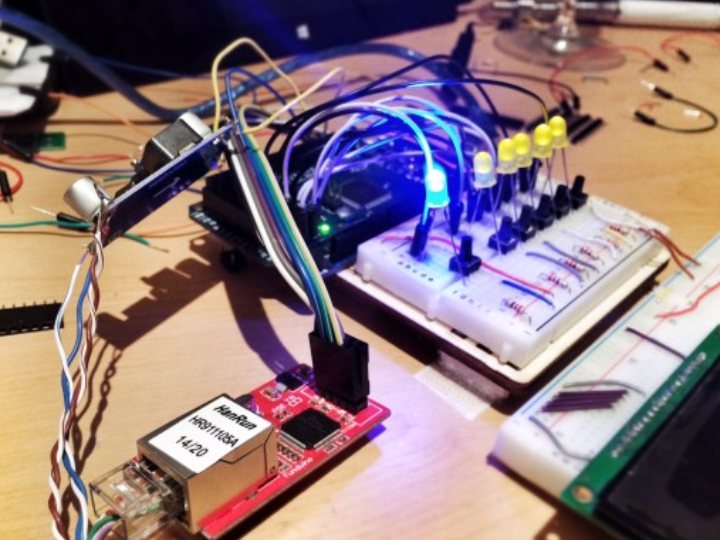
The author of the article describes several advantages of using Power over Ethernet (PoE) technology for home automation.
Firstly, PoE allows for both data and power to be transmitted over a single Ethernet cable, eliminating the need for multiple cables and power outlets. This can simplify installation and reduce clutter, making it easier to set up and maintain home automation systems.
Additionally, PoE can provide a more reliable power source compared to traditional AC power outlets. With PoE, the power is supplied from a central location such as a PoE switch, which can regulate the voltage and current to ensure a stable power supply. This can help prevent power fluctuations and outages, which can be especially important for critical home automation systems.
Another advantage of PoE is its scalability. As more devices are added to a home automation system, it can become difficult to manage multiple power cords and outlets. PoE eliminates this problem by providing a centralized power source that can be easily expanded to support additional devices.
Finally, the author emphasizes the benefits of DIY PoE projects for home automation, including cost savings and customization options. By building their own PoE-powered devices using off-the-shelf components, homeowners can create tailored solutions that meet their specific needs while also saving money compared to commercial products.
| Feature | Active PoE | Passive PoE |
|---|---|---|
| Power Supply Unit (PSU) | Requires a dedicated PoE switch or injector with a PSU | Can use any standard network switch or injector |
| Power Delivery | Sends power in a regulated and constant manner | Sends power in an unregulated and variable manner |
| Device Compatibility | Compatible with all PoE-enabled devices | Limited compatibility with some devices, especially high-power devices |
| Cost | More expensive due to the need for a dedicated PSU | Less expensive due to not needing a dedicated PSU |
| Efficiency | More efficient due to regulated power delivery | Less efficient due to unregulated power delivery |
| Safety | Safer due to regulated power delivery and overload protection | Less safe due to the lack of overload protection and variable power delivery |
Active PoE delivers power in a regulated and constant manner, which makes it more efficient and safer compared to Passive PoE. However, it requires a dedicated PoE switch or injector with a PSU, which makes it more expensive than Passive PoE. Additionally, Active PoE is compatible with all PoE-enabled devices.
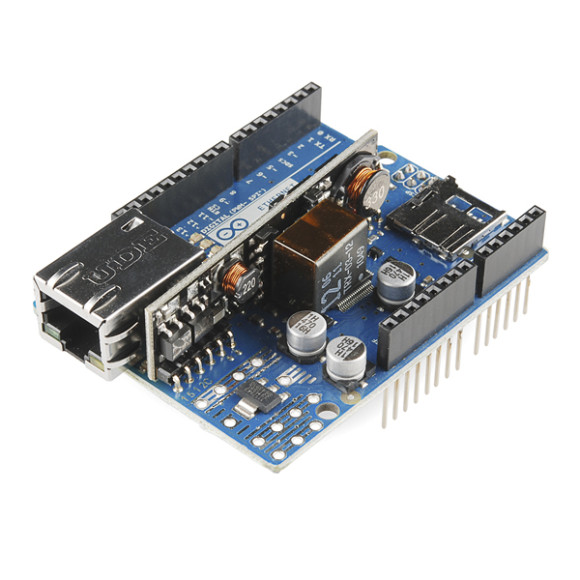
Passive PoE, on the other hand, does not require a dedicated PSU and can use any standard network switch or injector. However, it delivers power in an unregulated and variable manner, which makes it less efficient and less safe compared to Active PoE. Passive PoE also has limited compatibility with some devices, especially high-power devices.
Overall, the choice between Active PoE and Passive PoE depends on the specific needs and requirements of the home automation system. Active PoE may be more suitable for critical applications that require a stable and reliable power supply, while Passive PoE may be more cost-effective and easier to implement for simpler applications.
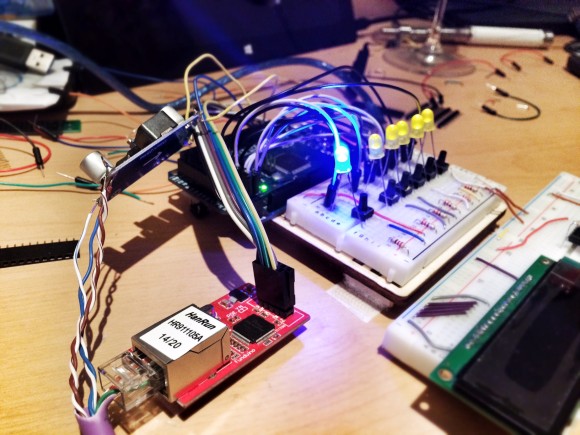
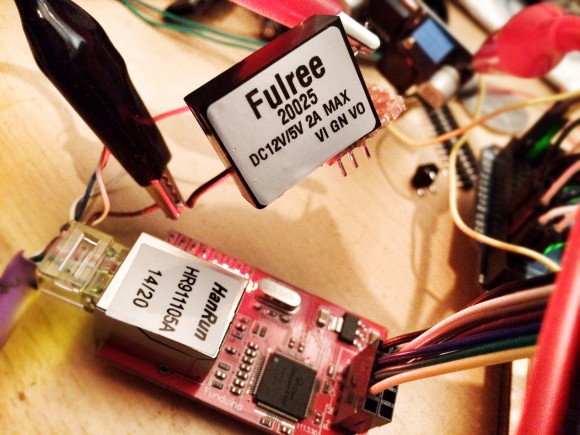
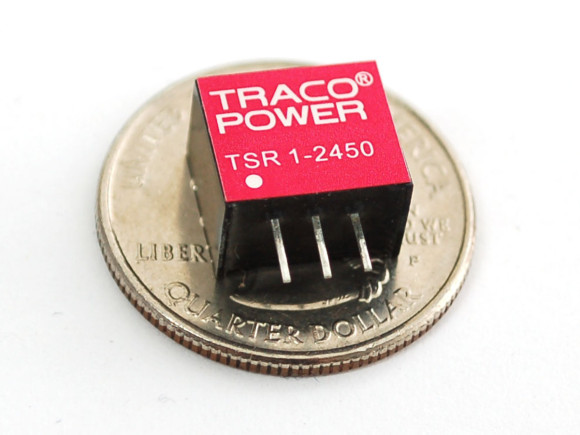
the author describes how to create a Passive Power over Ethernet (PoE) system by using a non-isolated DC-DC converter module.
Passive PoE works by sending power over the Ethernet cable without any negotiation or communication between the power source and the device. This means that the power is delivered in a constant voltage and current, without any regulation.
To create a Passive PoE system, the author used a non-isolated DC-DC converter module to convert the voltage from the Ethernet cable to the voltage required by the device. The DC-DC converter module was connected to a PoE injector, which is a device that injects power into the Ethernet cable.
The author notes that using a non-isolated DC-DC converter module has some disadvantages compared to using an isolated module or an Active PoE system. One disadvantage is that the non-isolated module can create a ground loop, which can cause noise and interference in the system. Additionally, the non-isolated module does not provide any overload protection, which can be a safety concern for high-power devices.
However, the non-isolated DC-DC converter module is less expensive and easier to implement compared to an isolated module or an Active PoE system. This makes it a suitable option for DIY projects and simpler applications where cost and ease of implementation are important factors.
